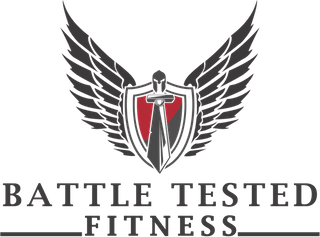The Mind is our greatest asset and greatest liability. If we will something to happen, more often than not we can find the strength to do something we thought unachievable. Conversely, if we let fear and doubt dominate our mind and thoughts, our actions will mirror our inner beliefs. There are tomes of research and material on this very subject
Sometimes despite the best mental imaging we do, our bodies maybe incapable of performing what we ask of it. So what does one do? You put your mind to it, to create yourself or find a professional to design a training program to get you to your goal.
At 40 years old and at a height of 5’7″, I would like to slam dunk a basketball. As of now my body can only take me to grab the bottom of the netting. So I would need to increase my vertical leap by about 8-10 inches to grab the rim and perhaps five more to really dunk a ball. It might sound crazy but I am intent on at least being able to grab the rim in 6 months time. Is it crazy? Perhaps not.
I know that I will need to develop the power in my legs by incorporating Olympic lifts into my fitness regime – the Clean and Jerk , and the Snatch. I will also work on my ballistic strength by plyometric training – doing repetitive jumps at various heights while minimizing the time my feet touch the ground.
I will post updates as to my progress.
Stay Tuned…
